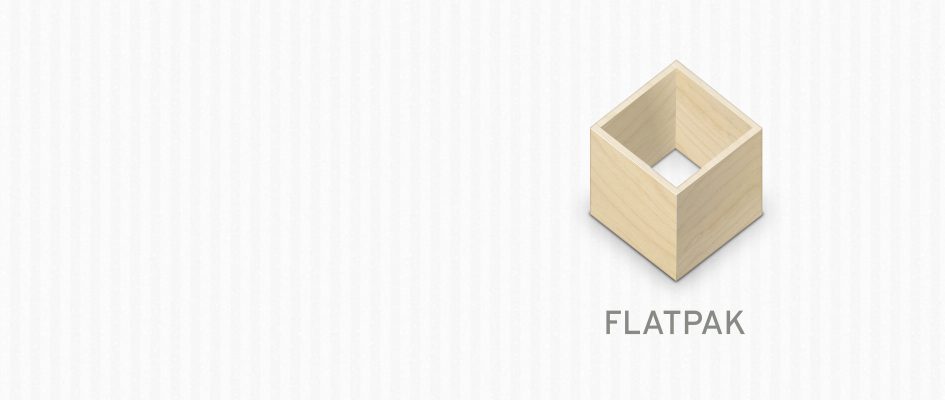The development team behind Flatpak has just announced the general availability of the Flatpak desktop application framework. Flatpak (which was also known during development as xdg-app) provides the ability for an application — bundled as a Flatpak — to be installed and run easily and consistently on many different Linux distributions. Applications bundled as Flatpaks also have the ability to be sandboxed for security, isolating them from your operating system, and other applications. Check out the Flatpak website, and the press release for more information on the tech that makes up the Flatpak framework.
Installing Flatpak on Fedora
For users wanting to run applications bundled as Flatpaks, installation on Fedora is easy, with Flatpak already available in the official Fedora 23 and Fedora 24 repositories. The Flatpak website has full details on installation on Fedora, as well as how to install on Arch, Debian, Mageia, and Ubuntu. Many applications have builds already bundled with Flatpak — including LibreOffice, and nightly builds of popular graphics applications Inkscape and GIMP.
For Application Developers
If you are an application developer, the Flatpak website also contains some great resources on getting started bundling and distributing your applications with Flatpak. These resources contain information on using Flakpak SDKs to build standalone, sandboxed Flatpak applications.






Sudhir Khanger
How different is Flatpak packaging compared to RPM packaging? Do they share same spec file syntax or are they different?
If anyone is looking to get into packaging should one learn Flatpak or RPM?
Michal Srb
There are no spec files in Flatpak. This hello world tutorial should give you an insight on how the Flatpak packaging workflow looks like: http://flatpak.org/index.html#developers
As for your second question, it probably depends on what the person is trying to achieve. IMO, Flatpak is much better choice for ISVs who simply want their software to be available for various Linux distributions. But if the goal is to distribute your application for a specific RPM-based distro, then RPM would be more natural (at least nowadays).
PP
Flatpak is the future, no need for sudo, apps are sandboxed, meaning apps can’t destroy your PC.
Volodymyr M. Lisivka
Flatpack is the n-th reincarnation of idea of “static binary”: binary with all dependencies compiled-in. Static binaries were supported in version 0.0.1 of Linux. It is not a future.
Jeremy
Nice article. I am going to be interested to see how Flatpak does in what will surely be a fight with Canonical based Snappy packages, now that those are available on non-Ubuntu based distributions.
Naheem
Will flatpak packages be available via COPR?
Kieron
Flatpak > Snappy
😀
toñog
I prefer Snap,sorry
Frederico Lima
Why?